Early Career Scientist Spotlight
Dr. Nina Črnivec (she/her/hers)
Atmospheric Scientist
Goddard Institute for Space Studies (611)
What science questions do you investigate?
I am an atmospheric scientist, and my research is largely centered around clouds. Clouds are beautiful and ubiquitous in the sky, yet their diversity and multi-scale nature make it extremely difficult to properly represent them in weather and climate models. Clouds are tightly coupled to a variety of physical processes in the atmosphere – I am especially interested in how complex three-dimensional cloud structures interact with solar and terrestrial radiation. In my recent PhD studies at Meteorological Institute Munich, I investigated how to proficiently parameterize the interplay between realistic inhomogeneous cloud fields and radiation in a computationally efficient manner for use in coarse-resolution weather and climate models. My primary research focus is shallow cloudiness, such as fair-weather cumulus, although I also examine organized forms of deep convection including tropical cyclones. I study these various cloud systems combining theory, observations, and numerical models – ranging from high-resolution large-eddy simulations and radiative transfer models to global climate models.
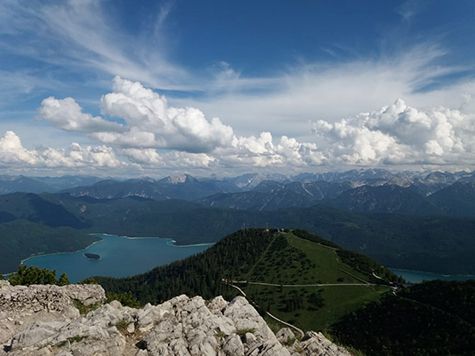
Credit: Nina Črnivec
What is one research project that you are particularly excited about, and why?
I am very excited about the project that I am currently involved in at the Center for Climate Systems Research and NASA GISS, which involves investigating low clouds over tropical oceans, the associated cloud feedback mechanisms, and their representation in climate models. Marine tropical low clouds reflect a great amount of sunlight back to space and thereby cool the Earth, yet this phenomenon has been poorly simulated in several generations of climate models, and it has been highly uncertain how this phenomenon will change in the future. In this project, we aim to better understand the critical role that marine tropical low clouds play in the climate system by distinguishing individual low-cloud regimes – eastern-ocean stratocumulus and trade-wind shallow cumulus. We have recently shown that the latest climate models of the Coupled Model Intercomparison Project (CMIP6) still underestimate the areal extent and simultaneously overestimate the reflectivity of both stratocumulus and shallow cumulus clouds, which is known as the “too few, too bright” bias. We currently examine how climate models replicate the observed contrasting responses of stratocumulus and shallow cumulus to the changing environmental factors that control low clouds, such as the rising sea surface temperature and inversion strength. The wealth of NASA satellite observations is thereby essential for model validation.

Credit: Nina Črnivec
Tell us about one project that has been particularly impactful in your field.
Together with my Slovene colleagues, I recently initiated the project “RESCCCUE – REminding Slovenian authorities Climate Change Crisis requires Urgent Effort”. This project aims at advancing climate literacy and science-based climate policy-making in my home country Slovenia. Climate change is an extraordinarily multifaceted problem and can be effectively addressed only by a broad collaborative community. Within the RESCCCUE project, we united more than 100 leading Slovene scientists from various disciplines including meteorologists, climatologists, oceanographers, physicists, biologists, chemists, and geographers. We utilized diverse communication channels to alert the politicians and the general public about the urgency of tackling the climate crisis as well as to propose various strategies for climate change adaptation and mitigation in Slovenia. Even though I generally prefer thinking about cloud physics, I find it important to also communicate a broader scientific picture of the climate change problem to the government and society.
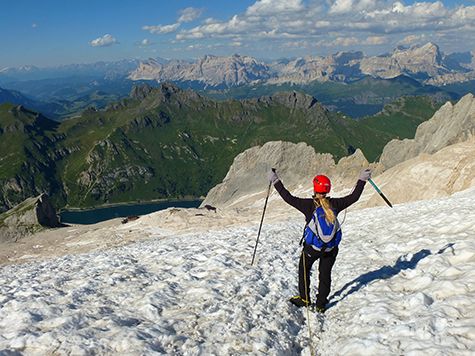
Credit: Borut Črnivec
What is one of your favorite moments in your career so far?
There have been many nice moments in my career, but one of my favorite memories is definitely my one-month research stay at Naval Postgraduate School in Monterey on the sunny Californian coast. Monterey Bay is a lovely place with a lot of wildlife – it was amazing to watch sea seals, sea lions, and numerous seabirds while taking a daily walk along the shore. I was a master’s student studying tropical cyclone intensification at that time, and I was even invited to attend the NASA Hurricane and Severe Storm Sentinel Science Team Meeting at NASA Ames Research Center. This was the first time that I visited NASA, which was really exciting. This was simultaneously also my first time in the United States, and I subsequently enjoyed a road trip to several scenic national parks, including Grand Canyon, Bryce Canyon, Zion, and others – it was a great experience overall.

Credit: Audrey Bazerghi
If you were to expand your current research focus, what new topic(s) would you explore?
I certainly plan to continue my research on cloud processes, since their incomplete representation in climate models still causes large uncertainties in climate projections, and I am sure I will never run out of challenging problems in this field. One of my future goals is to incorporate Artificial Intelligence (AI) into my research methodology. Building upon my current work on marine low clouds, I would be similarly keen to explore marine cloud brightening options in more detail. I also hope that I get a chance to participate in a field campaign at some point in the future. Until now I have mostly been doing numerical modeling, including model development and validation, but I would like to gain some practical experience measuring various cloud properties and their thermodynamic environment as well.
What early career advice do you have for those looking to do what you do?
Always pursue a research path that you find interesting – this is the most important. When you feel stuck at work, take a break and talk to your colleagues. Try to interact with various people – everyone has a unique research background and way of solving scientific problems. I also recommend trying out different work environments while you are early in your career. While researching in multiple groups, I was not only introduced to distinct scientific topics, but also to a wide range of methodologies and tools. For example, I quickly became familiar with several programming languages. Last but not least, keep your hobbies and your free time. It is important to give your brain a good rest to be able to research productively and creatively.
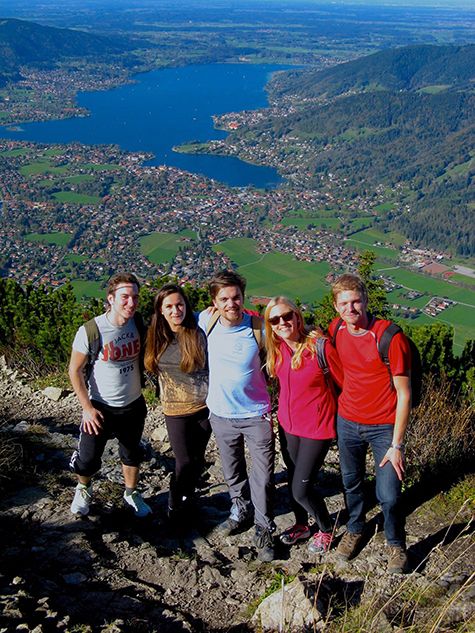
Credit: Unknown hiker
What do you like to do in your free time?
I like everything about my job, except sitting at a desk. In my free time I therefore especially enjoy all sorts of sport activities – preferably outdoors and accompanied with my friends and family. I frequently go running, biking, hiking, skiing, and occasionally also climbing and paragliding. I used to spend many rainy days playing the piano and composing music. Currently I’m having a great time exploring New York City!
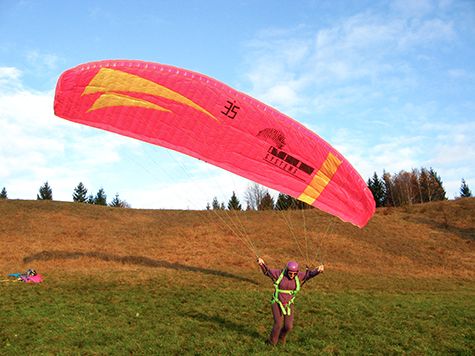
Credit: Borut Črnivec
Biography
Home Town:
Ljubljana, Slovenia
Undergraduate Degree:
B.Sc. Physics, B.Sc. Meteorology and Geophysics, University of Ljubljana, Ljubljana, Slovenia
Post-graduate Degrees:
M.Sc. & Ph.D., Meteorology, Ludwig Maximilian University of Munich, Munich, Germany
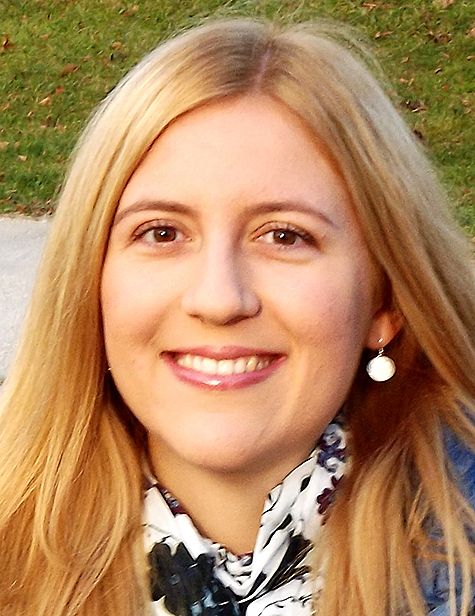
Link to Dr. Črnivec's GSFC Bio
